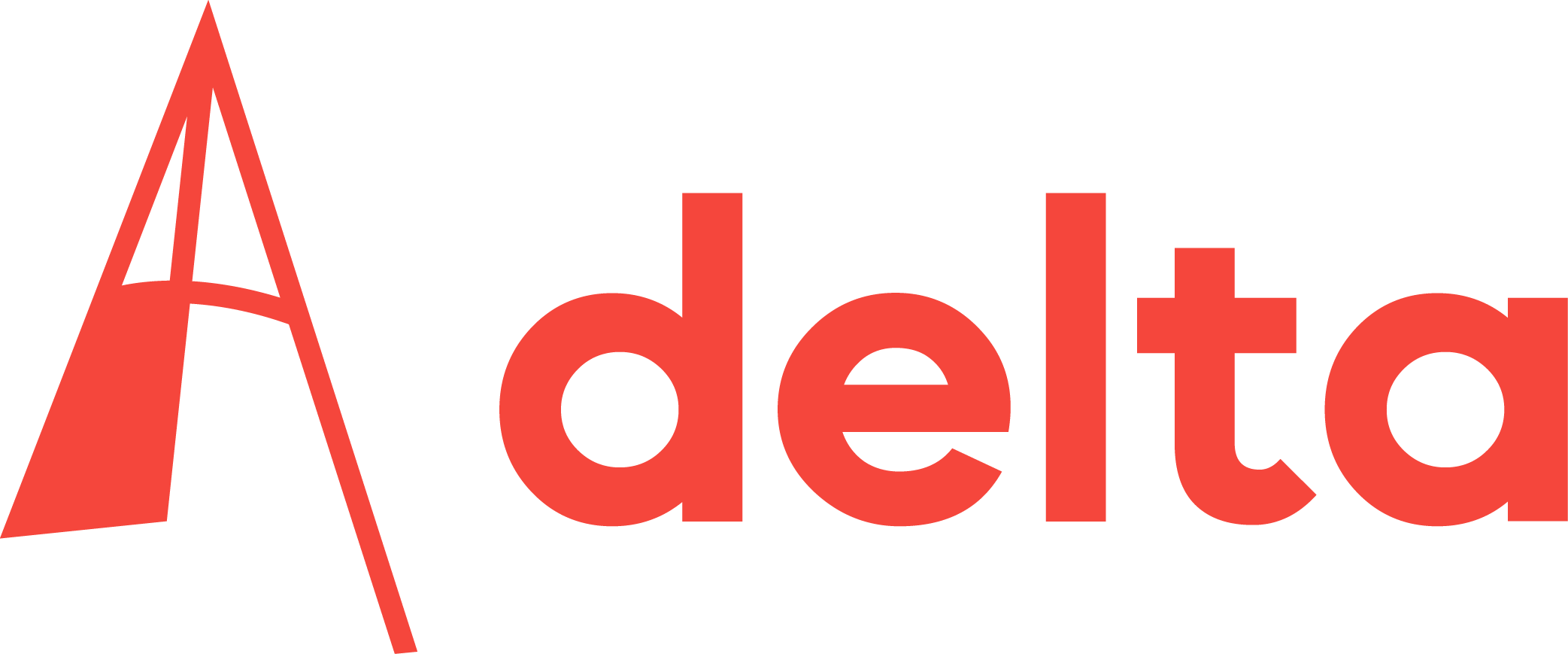When ESA’s Goce satellite suddenly stopped transmitting data to Earth, Delft researchers held their breath.
Even before the European Space Agency (ESA) announced there was a problem with the Goce earth observation satellite, Dr.
Pieter Visser of the Astrodynamics & Space Missions department (Aerospace Engineering) knew something was seriously wrong. The data flow from the satellite that he’d been receiving on his computer since Goce’s launch in March 2009 suddenly dried up on 8 July. Was this the end of a mission they’d been working on for decades?
ESA soon figured out that there was a problem with the communication between a processor and a module that prepares telemetry for transmission to the ground.
The solution to this problem couldn’t have been simpler. Last Friday, after having turned on a heater aboard the satellite, the computer began functioning normally again. “It’s like that situation in winter when it’s cold in your attic room and your computer struggles to get started. The same was happening in the satellite.”
Visser can’t help but laugh: “It’s absurd that this mission was saved by simply turning on a heater.”
Goce (Gravity Field and Steady-State Ocean Circulation Explorer), the most advanced earth observation satellite to date, is measuring the structure of Earth’s gravitational field with unprecedented precision. At its heart, Goce consists of a gradiometer composed of six ultra-sensitive accelerometers.
Gaining a better understanding of gravitational fields will allow scientists to study ocean currents in greater detail and predict and calculate sea-level rises and major geophysical processes, like earthquakes and melting ice caps.
Visser first became involved in this project as a PhD student at TU Delft in 1988. When the project started to take-off in the 1990s, he became a member of Goce’s Mission Advisory Group.
Goce follows a track over the poles, circling the Earth roughly every ninety minutes. During each successive pass the probe scans the Earth along a slightly different longitude.
“We’d already received data from the satellite for nine months”, says Visser. “During that period the satellite scanned the Earth four times, which isn’t bad. This allows us to calculate the geoid with a much higher precision than was previously possible: around 3 to 4 centimeters now compared to the 10 to 15 centimeters before at spatial scales of 100 km.” The geoid, a key reference surface in earth observation, is the shape the Earth would have if it were entirely covered by a stationary layer of water.
Visser hopes the mission will continue for several more years. “That should result in an accuracy of the geoid of 1 centimeter, which will allow us to study the gravitational force differences during different seasons.” He then adds, laughing: “And as long as the satellite functions, we get our salaries paid by ESA.”
De TU heeft vorig jaar niet in alle gevallen de Europese aanbestedingsrichtlijnen nageleefd. In totaal gaat het om 44,8 miljoen euro. Dat blijkt uit de jaarrekening 2008. Volgens universiteitssecretaris Hans Krul betreft het kleine bestellingen die opgeteld tot dit grote bedrag hebben geleid. Krul meent dat een nieuw inkoopsysteem via basware straks beter zicht moet geven op toekomstige betalingen, al kan hij niet garanderen dat het dit jaar goed gaat. In 2007 ging het ook al niet goed, al was de schade toen groter: 64,8 miljoen euro. Dat had volgens de TU deels te maken met administratieve onvolkomenheden. Er was weliswaar door meer partijen ingeschreven op aanbestedingen, maar niet geheel volgens Europese regels. Als noodmaatregel moesten medewerkers inkopen boven tachtigduizend euro voortaan centraal melden. De afdeling procurement (de voormalige gezamenlijke inkoop) werd hierom destijds uitgebreid.



Comments are closed.